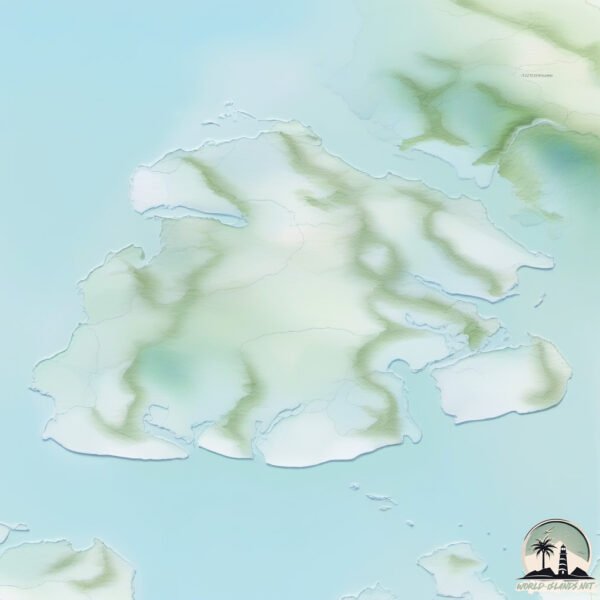Welcome to Esther , a Continental island in the Gulf of Alaska, part of the majestic Pacific Ocean. This guide offers a comprehensive overview of what makes Esther unique – from its geography and climate to its population, infrastructure, and beyond. Dive into the details:
Geography and size of Esther
Size: 132.6 km²Coastline: 154.3 kmOcean: Pacific OceanSea: Gulf of AlaskaContinent: North America
Esther is a Large Island spanning 133 km² with a coastline of 154 km.
Archipel: –
Tectonic Plate: Somalia – A large tectonic plate covering the Horn of Africa and parts of the Indian Ocean, known for the East African Rift where it’s splitting away from the African Plate.
The geographic heart of the island is pinpointed at these coordinates:
Climate and weather of Esther
Climate Zone: ContinentalClimate Details: Subarctic ClimateTemperature: Cold Summer
Climate Characteristics: Characterized by long, extremely cold winters and short, cool summers, often found in northern latitudes of North America and Eurasia.
Topography and nature of Esther
Timezone: UTC-09:00Timezone places: America/AnchorageMax. Elevation: 654 m Mean Elevation: 219 mVegetation: Open WoodlandTree Coverage: 69%
The mean elevation is 219 m. The highest elevation on the island reaches approximately 654 meters above sea level. The island is characterized by Plateau: Elevated flatlands rising sharply above the surrounding area, with a maximum elevation over 500 meters but a mean elevation less than 300 meters, forming unique highland areas on islands.
Dominating Vegetation: Open Woodland
Vegetation: 10 vegetation zones – Very Highly Diverse Island
Infrastructure and Travelling to Esther
Does the island have a public airport? no .
Does the island have a major port? no .
The mean population of Esther is 0 per km². Esther is Uninhabited. The island belongs to United States of America .
Continuing your journey, Culross is the next notable island, situated merely km away.
Scientists FINALLY Discovered the TRUTH About Easter Island
Welcome to our YouTube video on the mysteries of Easter Island! In this captivating exploration, we delve deep into the enigmatic ...
Scientists FINALLY Discovered the TRUTH About Easter Island
Welcome to our YouTube video on the mysteries of Easter Island! In ...
Welcome to our YouTube video on the mysteries of Easter Island! In this captivating exploration, we delve deep into the enigmatic ...
Where Did the Easter Island Statues Come from? | BBC Earth
Sir David Attenborough looked into the history of the statues on the ...
Sir David Attenborough looked into the history of the statues on the remote Easter Island to discover how these astonishing ...
Life on Esther Island
Rob and Cindy Unger talk about their experiences living on Esther ...
Rob and Cindy Unger talk about their experiences living on Esther Island. Rob is the manager of Wally Noerenberg hatchery, part ...
United States of America is classified as Developed region: G7: Group of Seven – Major advanced economies, including Canada, France, Germany, Italy, Japan, the United Kingdom, and the United States. The level of income is High income: OECD.
News – Latest Updates and Headlines from Esther
Stay informed with the most recent news and important headlines from Esther. Here’s a roundup of the latest developments.
Loading...
Please note: The data used here has been primarily extracted from satellite readings. Deviations from exact values may occur, particularly regarding the height of elevations and population density. Land area and coastline measurements refer to average values at mean high tide.

